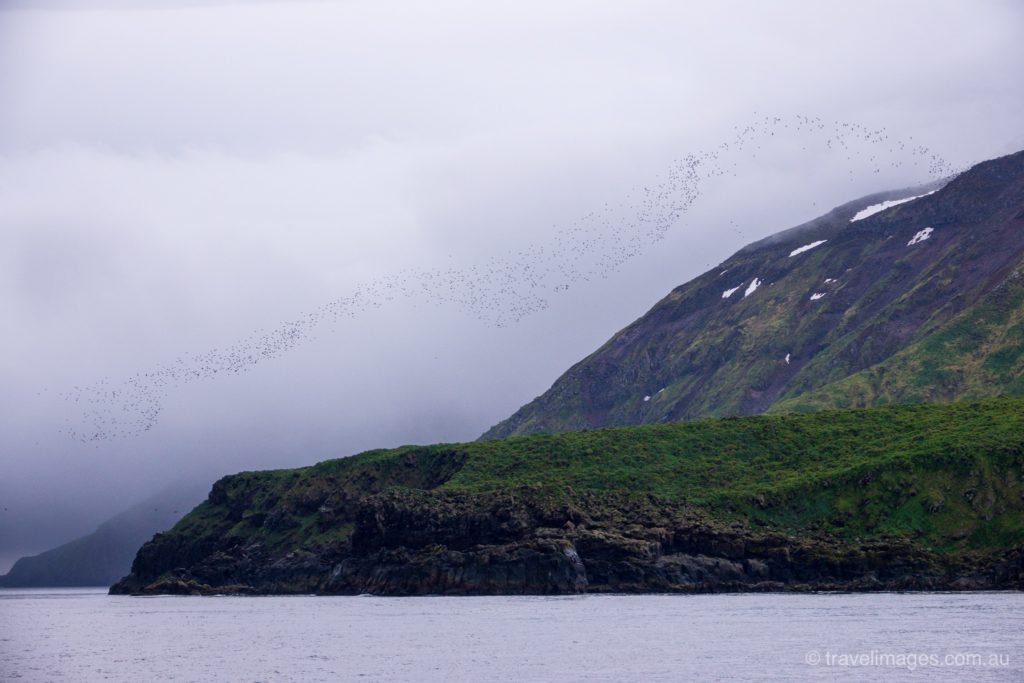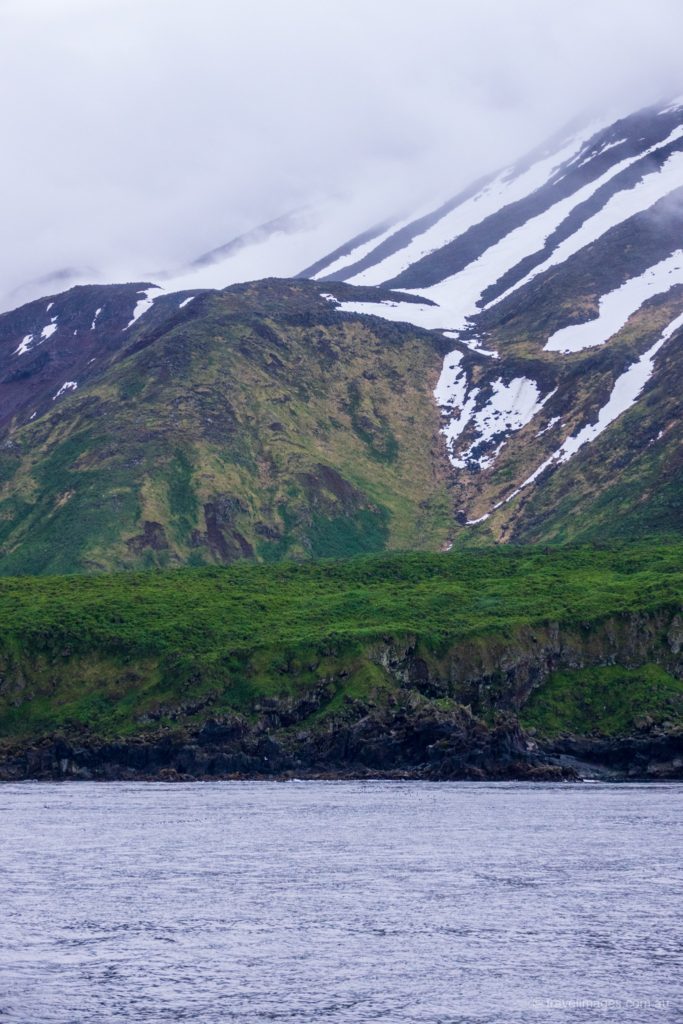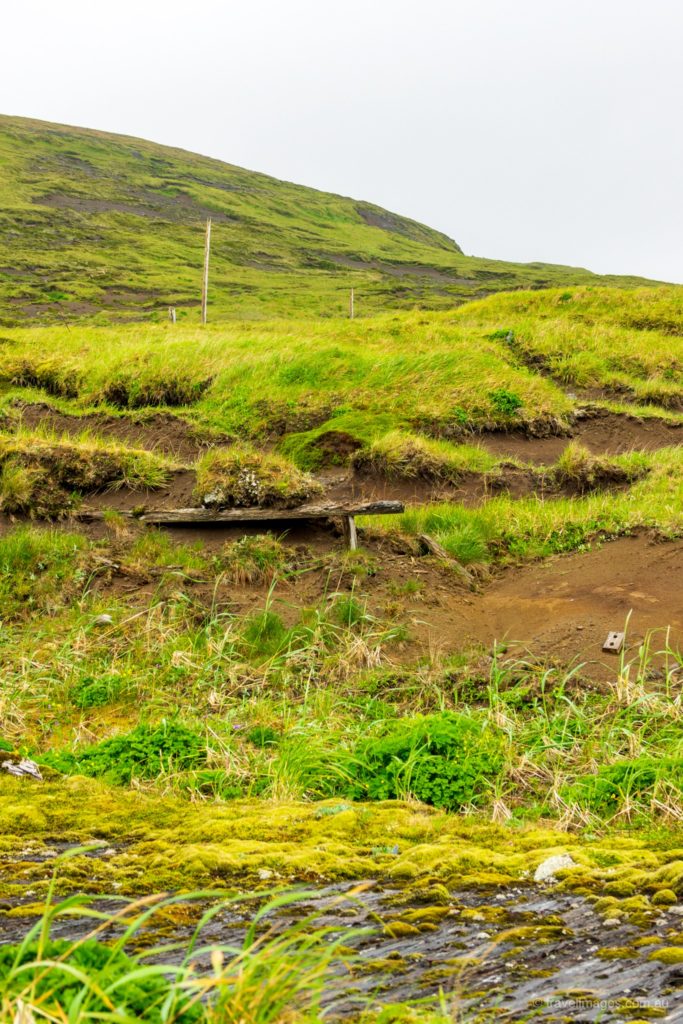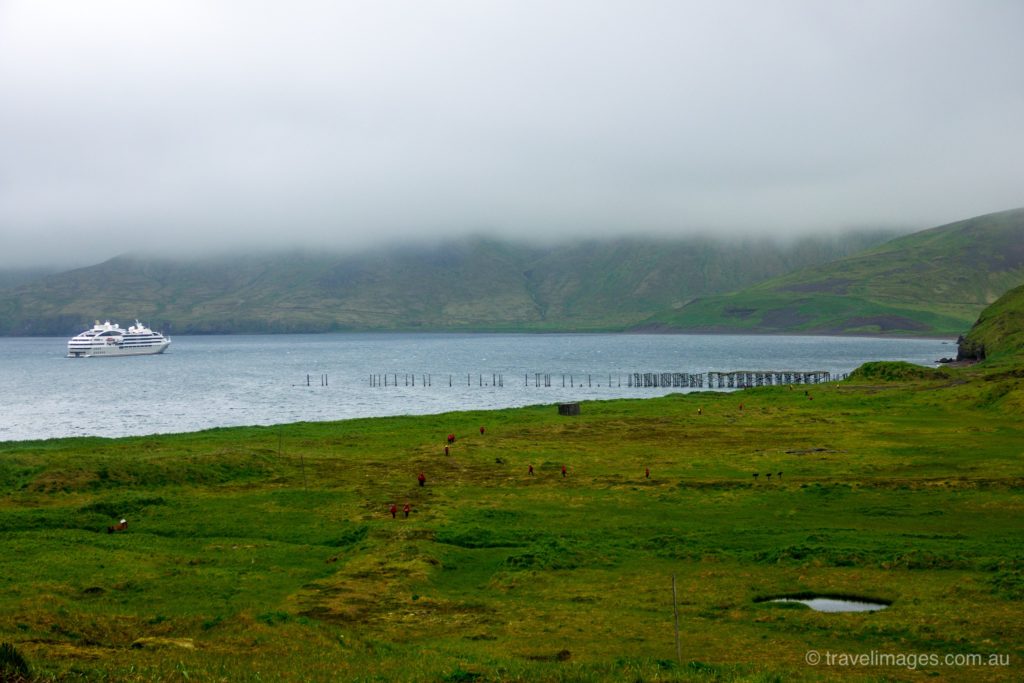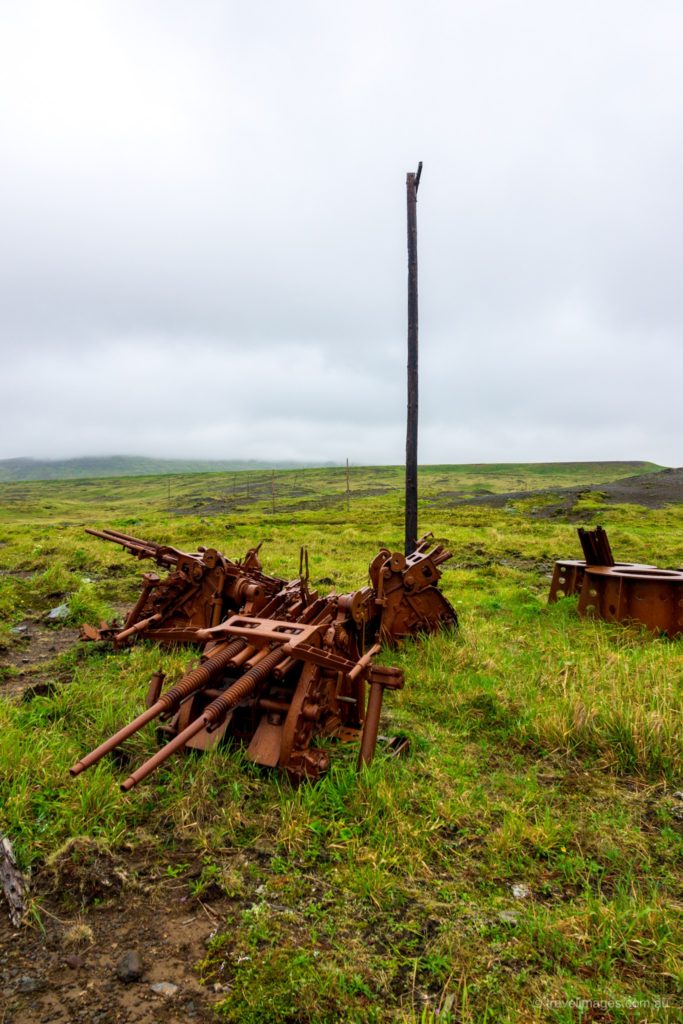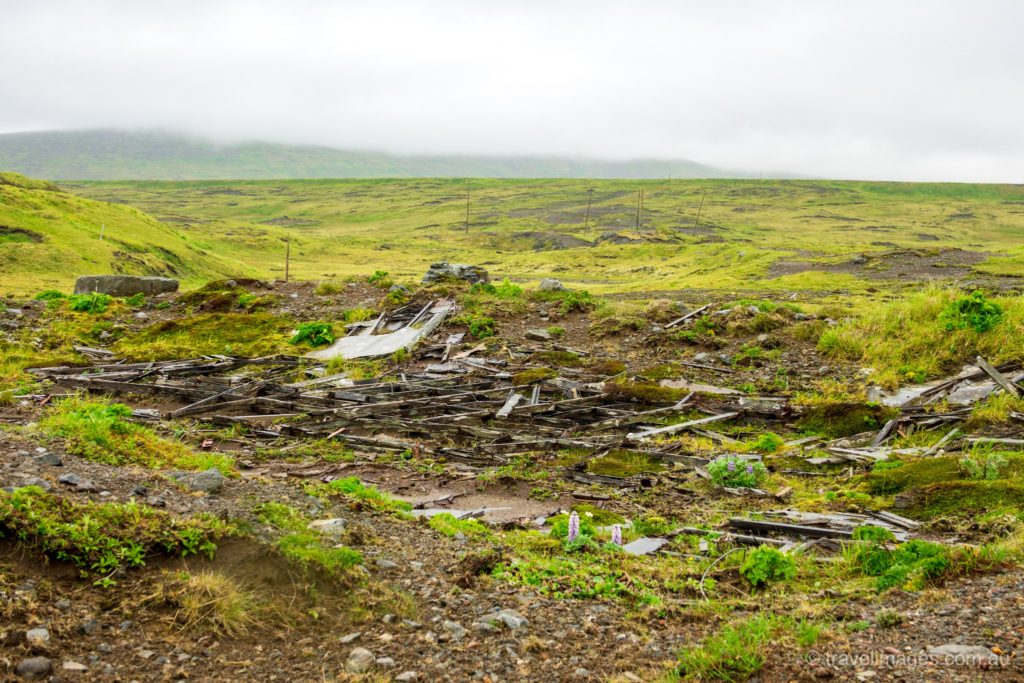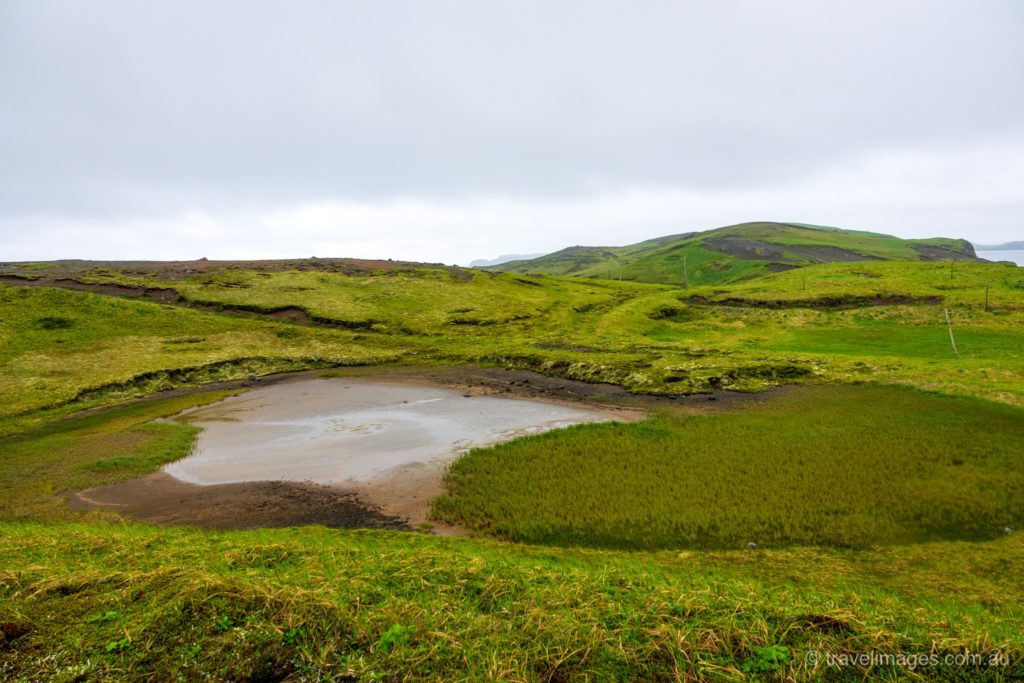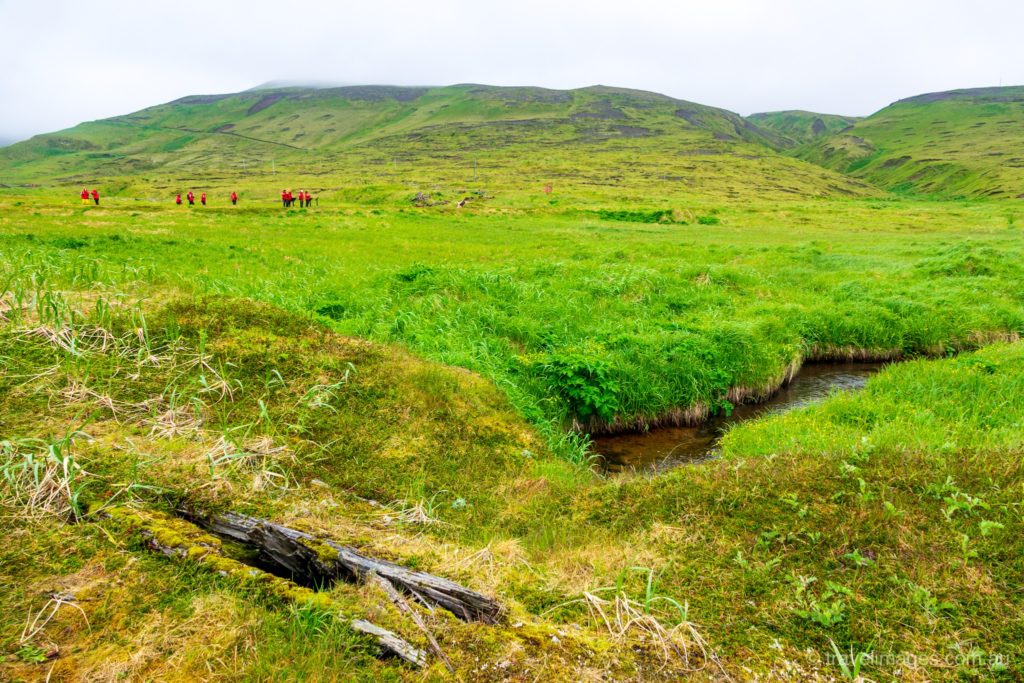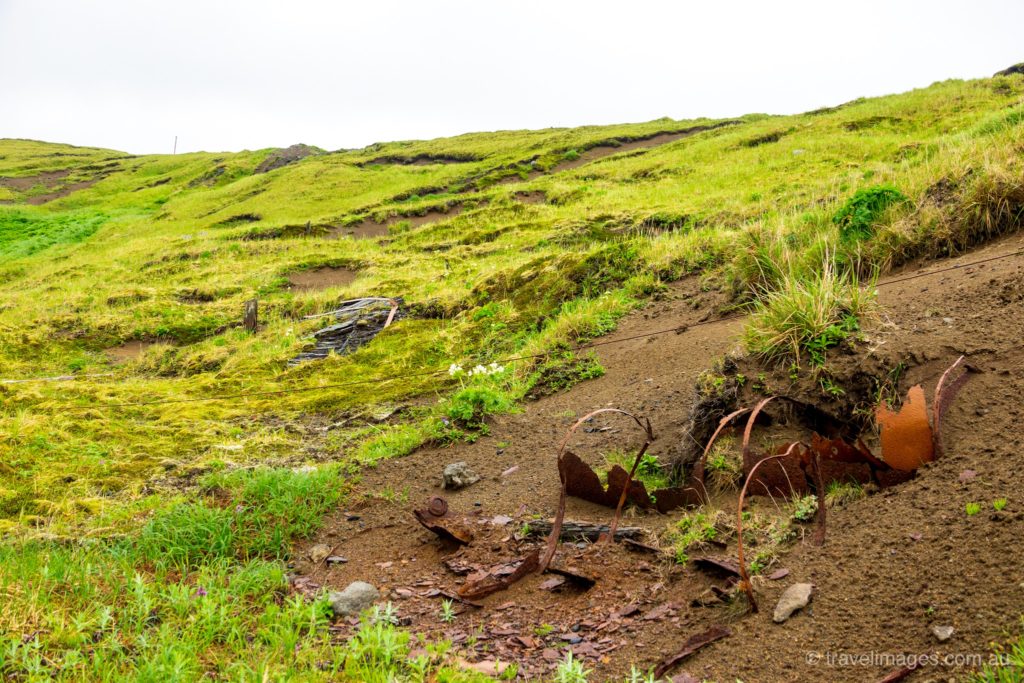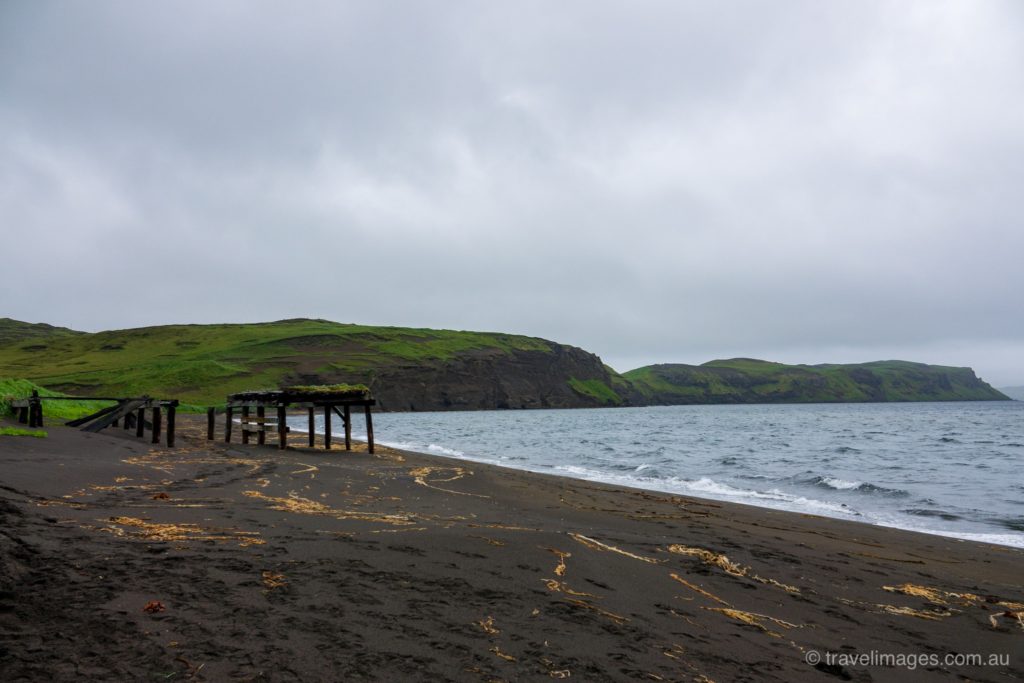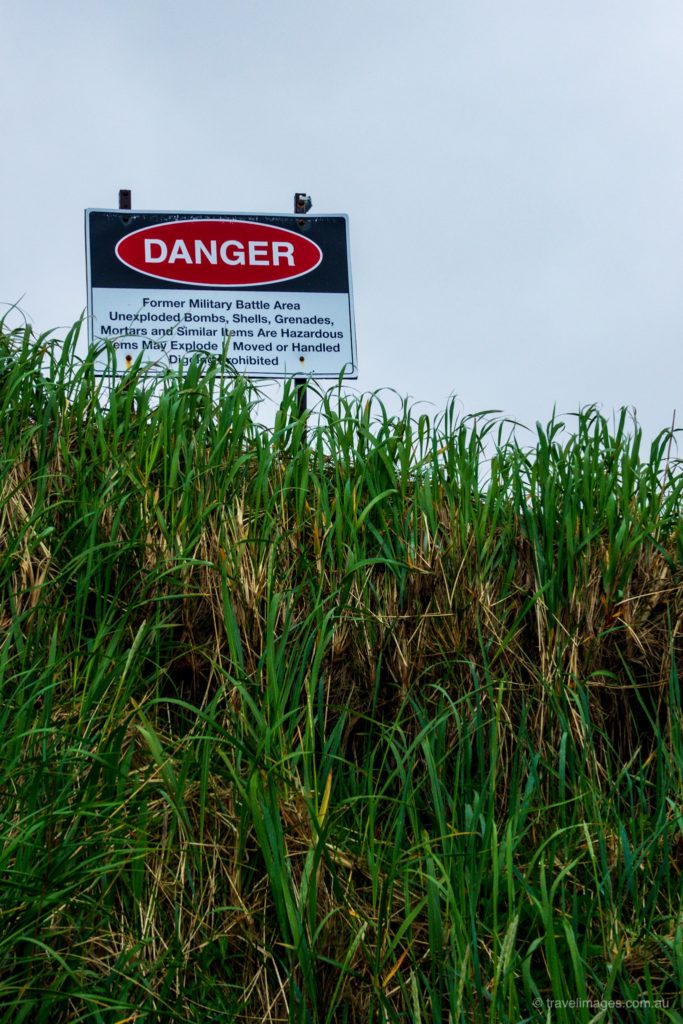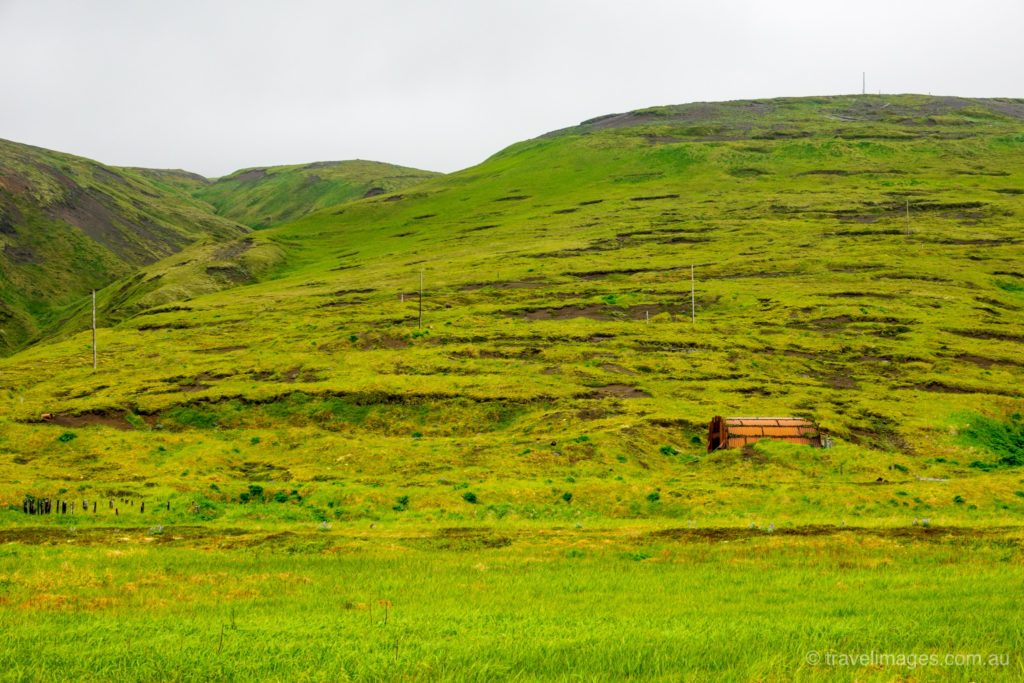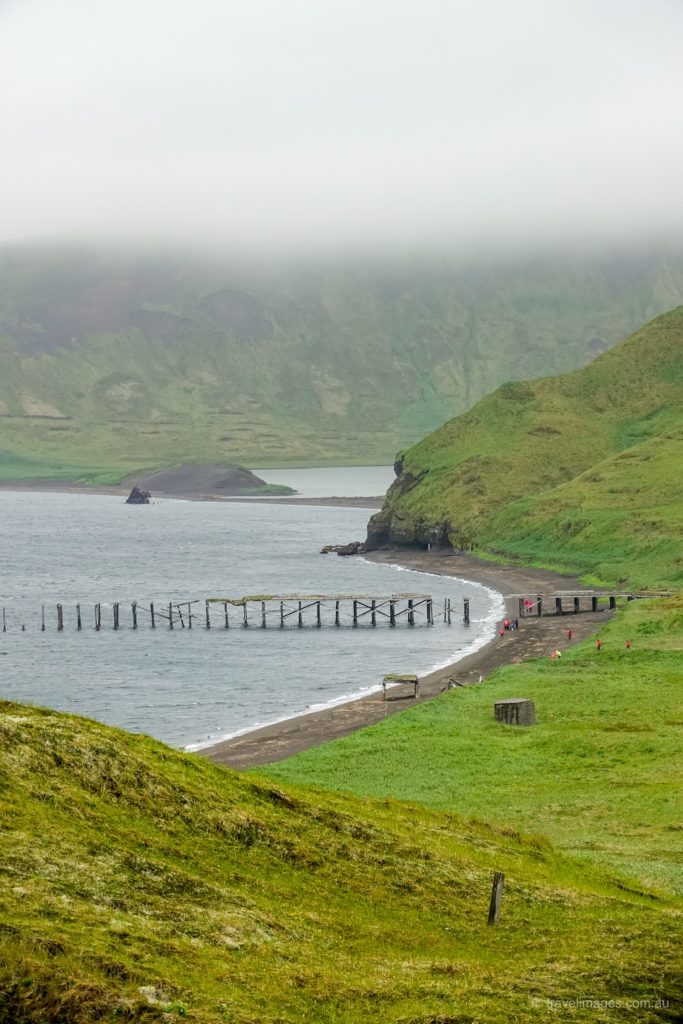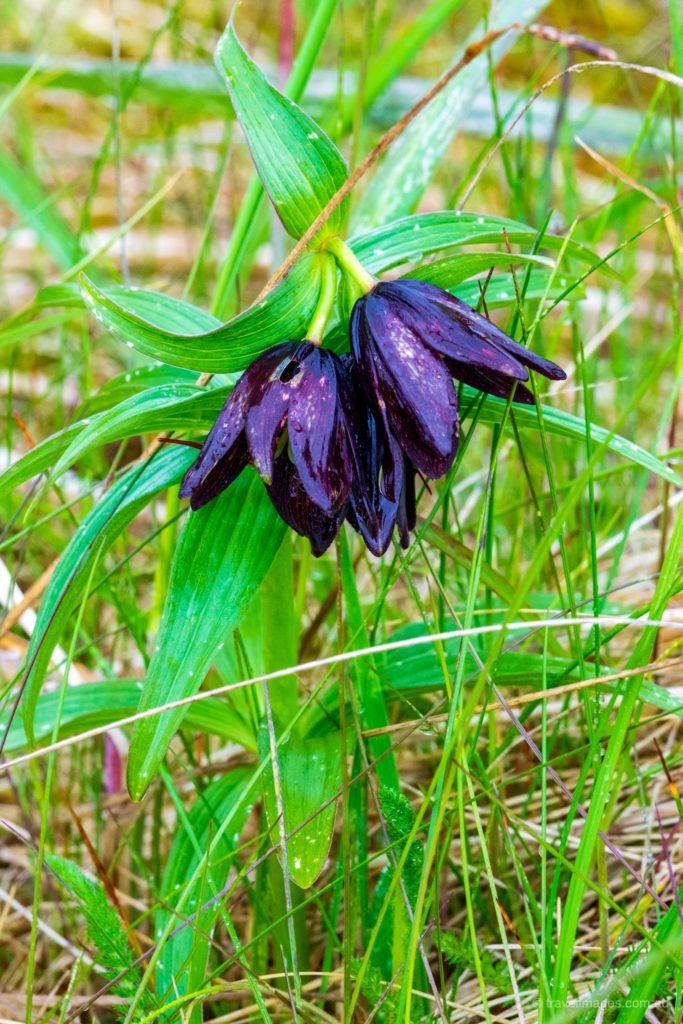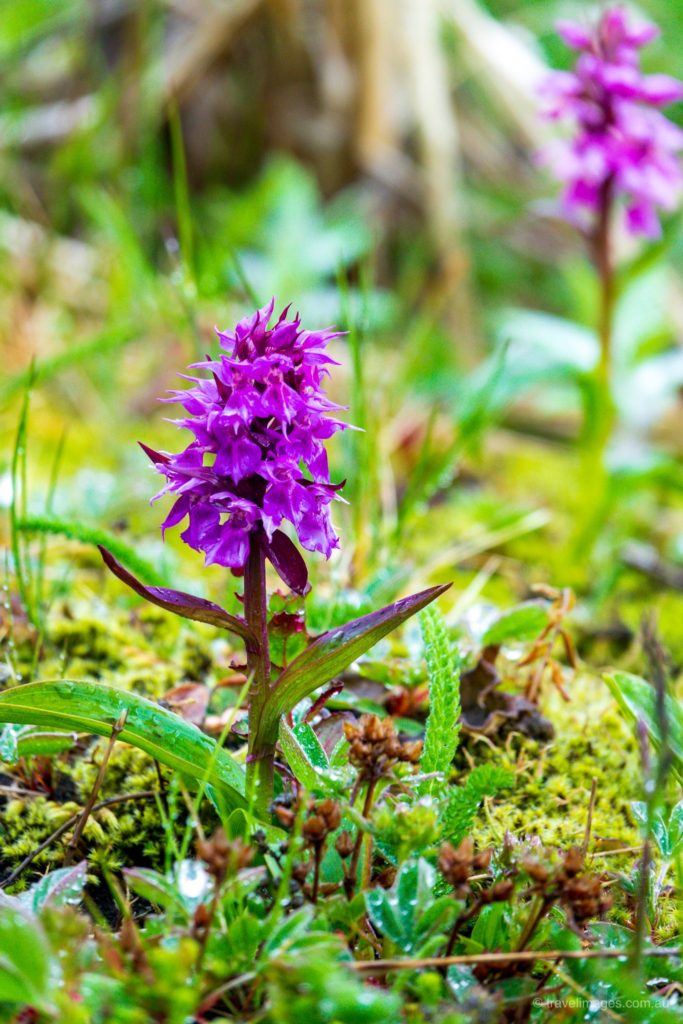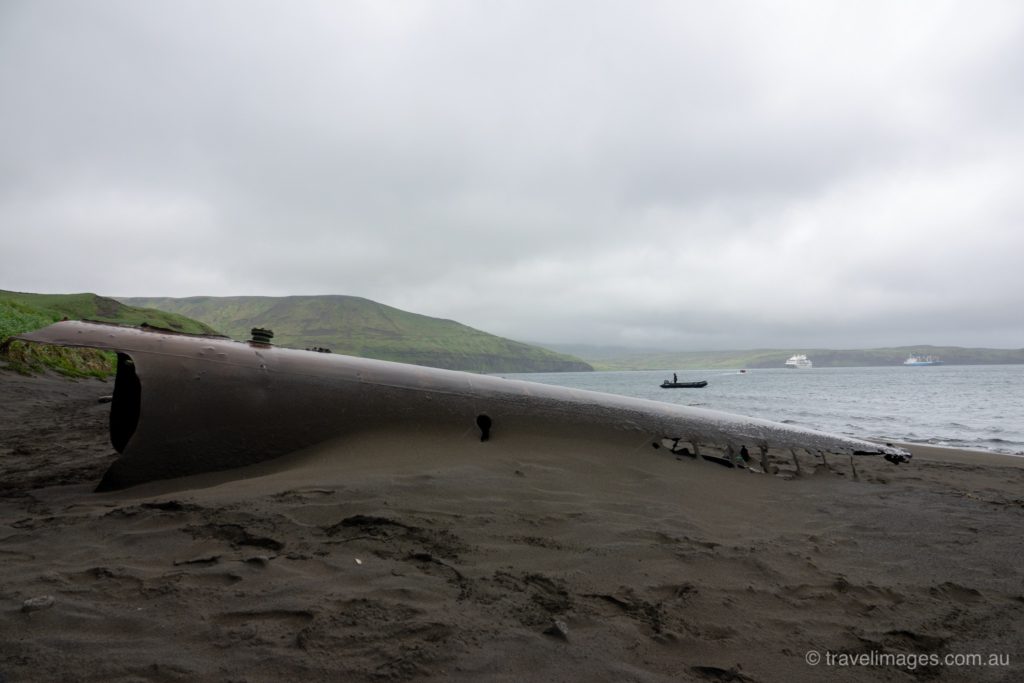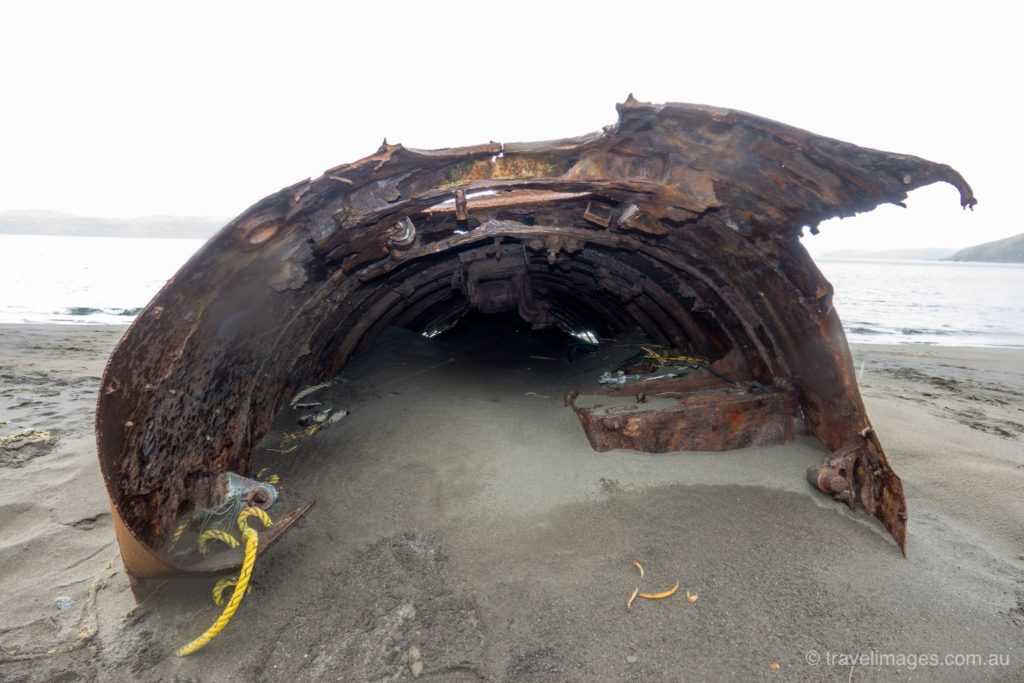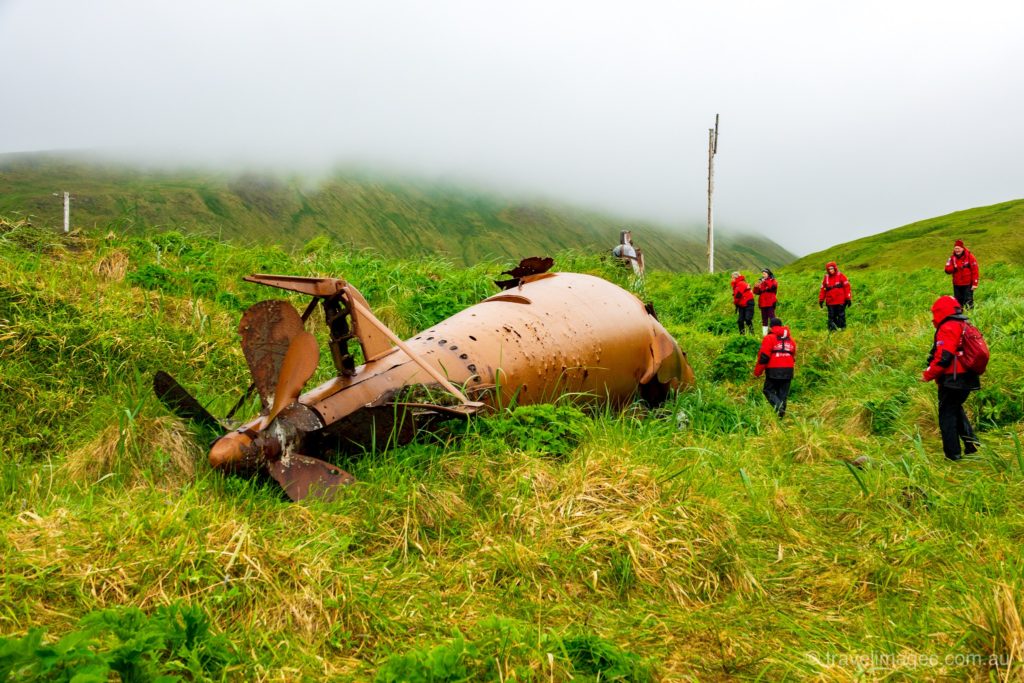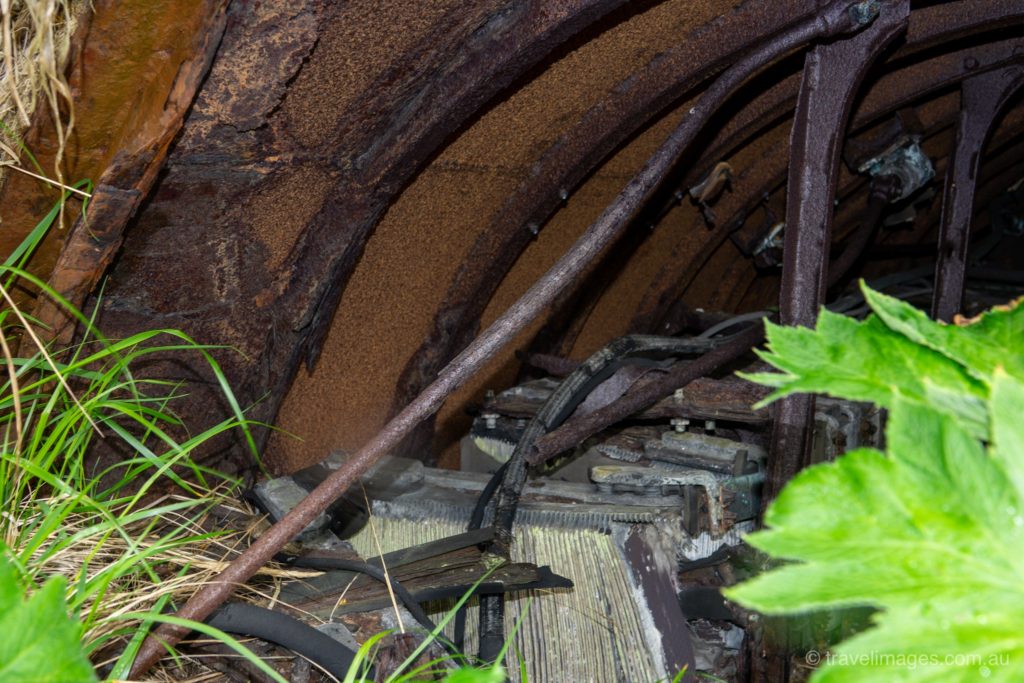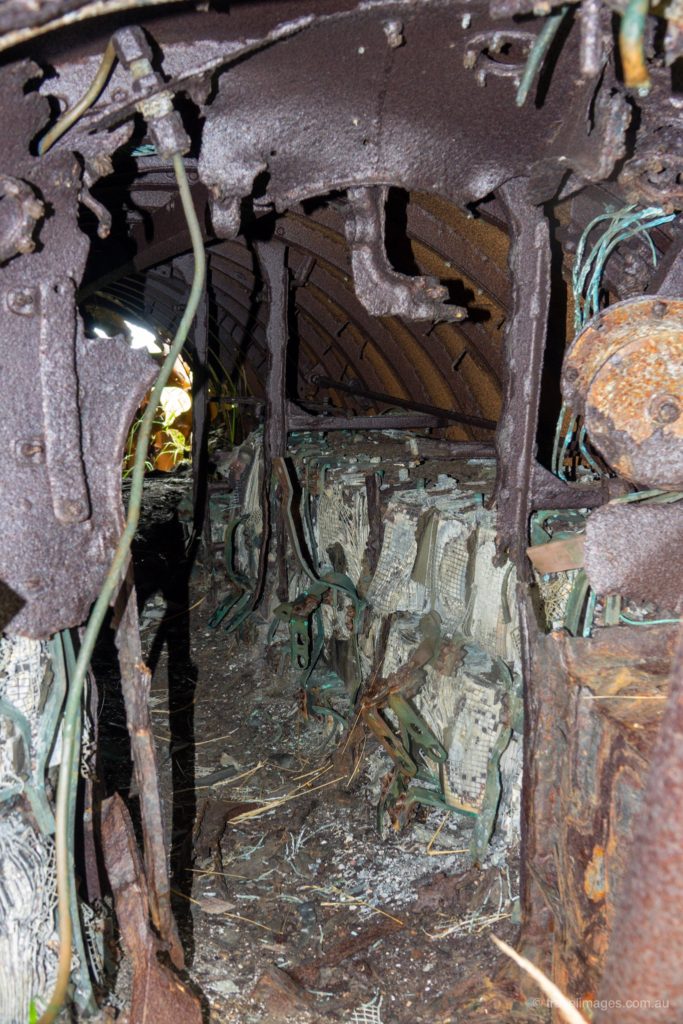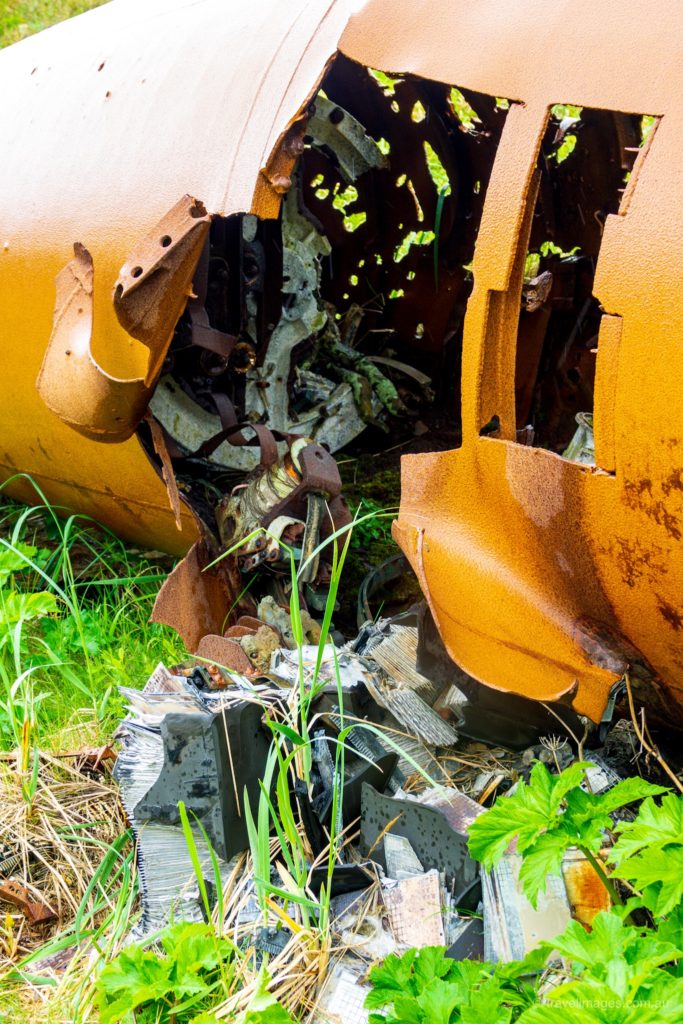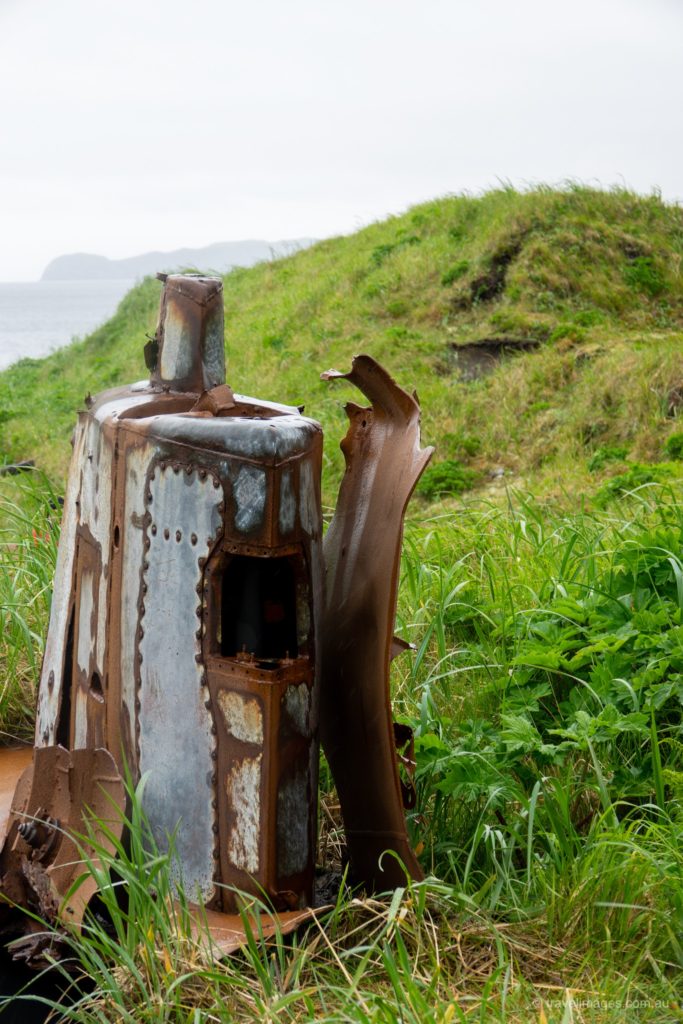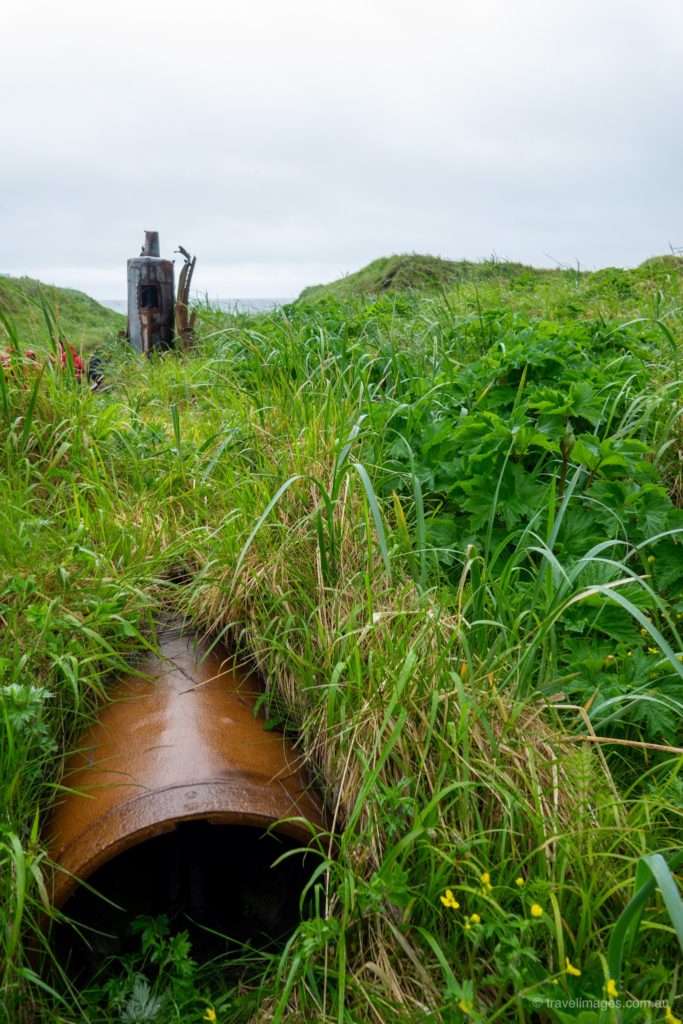Today’s plan is to visit Kiska and Davidof Islands. In the morning, we plan to land at Kiska Island and hike around a road to the remains of WWII Japanese fortifications. There is more unexploded ordinance on this island, so no deviating from the road during the hike.
At 6:30 am, Le Soleal arrives at Sirius Point, to see the active Kiska Volcano and the colonies of Little Auklets that nest on Kiska Island. Estimated to be around the 1 million mark, these tiny birds arrive and leave from the colony at sunrise and sunset in formations known as ‘murmurations’ that change shape as they fly through the air. Given the grey overcast conditions, determining when sunrise has occurred is difficult, but at 7 am there is enough light to see the remaining snow cover on the volcano, and glimpses of the caldera at around 1200 metres high. The little auklets have suffered breeding failures on a regular basis as a result of the introduction of Norway rats to the island during WWII.
By 9am, Le Soleal has arrived at Kiska Harbour, where we find the MV Dhara, a Korean flagged reefer, at anchor. Something of a blight on the landscape, through binoculars the crew on MV Dhara can be seen hosing off the decks. She is waiting for the fishing trawlers that are catching and freezing fish to deliver their product to her for transport to presumably its final destination. Apparently this catch is destined for the Korean market, based on discussions between the Alaskan pilot on the MV Dhara, and one of the naturalists who transported him over to Le Soleal for lunch.
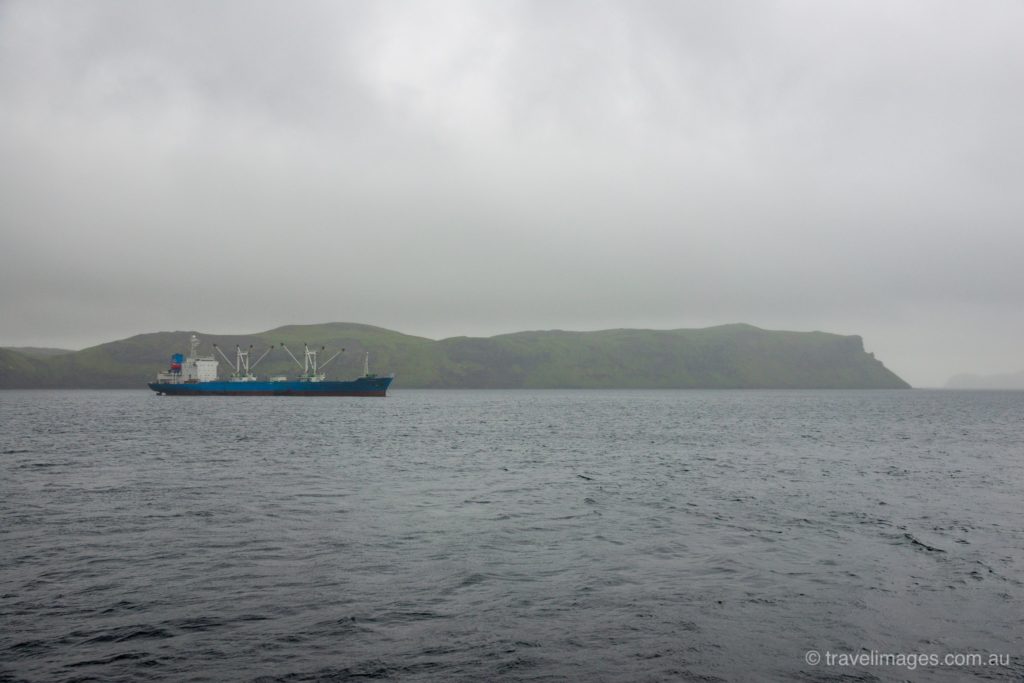
At 9 degrees, it isn’t particularly cold, but it is drizzling, and the wind is about 30 km/h – typical weather for this area. It will be a little breezy for another wet landing, and the waterproofs will be needed.
The landing site is black volcanic sand, and we learn that the planned walk along the road is altered as the first section of the road has collapsed, and we will need to walk up the beach further and then walk through the small valley to pick up the ‘main road’, which is just an overgrown, disused military vehicle track. The road leads to the Japanese machine-gun nests up on the ridge, and then around to a few abandoned machine guns and the remains of a tank. It’s a simple 3km circuit with about 150m of elevation, although the path between the gravel road can be easy to lose with the vegetation obscuring some of it.
The pretty flora is also a distraction – Aleutian violets, white anemones, and Nootka lupines.
Back on the landing beach, there is the opportunity to take a zodiac to see two abandoned Japanese mini-submarines. The Alaskan pilot we have on board to provide local navigation expertise, known as “Captain Jay”, has shown some photos of the submarines, which the expedition team has decided to locate and provide a landing if practical. The weather has deteriorated, with 30-knot winds making for a wild and wet zodiac ride to the location. Waves are washing over the front of the zodiac, and at least I have my back to the worst of it – the woman sitting opposite me is getting the full Kiska Island “Welcome to the Aleutians” of crashing waves and horizontal sleet over the front of the zodiac with no means of escape.
On arrival at the location of the submarines, we find the A type ‘midget’ submarines, one of them in poor condition, rusting and partially submerged in the black sand on the beach. It’s only a matter of time until the sand and sea claim this one.
The other has been hauled out onto dunes and is mostly intact. They are tiny two man submarines, with a torpedo tube. They must have been death traps – the one in better condition has been strafed with machine gun fire, and there seems to have been an explosion that has damaged the interior exposing what looks like stacks of paper but are some kind of circuitry. Somewhat ingeniously, the submarine has been hauled out on what was a slipway with railway tracks at some point but which is now being slowly overtaken by sand and vegetation. The submarine is also sitting in a rolling metal cradle that is obscured by the vegetation, so who knows when the machine-gun fire occurred – perhaps when it was already hauled out and in the cradle judging by the bullet holes in the propeller?
According to War History Online, the submarine was sabotaged by the Japanese themselves when they left the island. It also looks like some of the interiors of the submarine has been pulled out by visitors since the photos of the sub on War History Online were taken. There is also a fascinating archival photos of the railway tracks with 2 sabotaged submarines at tracesofwar.com. The date on the photo is difficult to read but looks like 1945. There are a couple of photos from a study undertaken in 2014 also tracesofwar’s website here.
The weather has turned, with the winds up to around 35 knots, which still isn’t enough to have Le Soleal pitching and rolling. It is enough though for the light rain to feel like little icicles when you’re out on the deck, so we don’t have great views of either Segula Island, another active volcano, or the caldera known as Crater Bay at Davidof Island.
Le Soleal’s shallow draft is quite capable of navigating through the sunken entrance of the caldera, only 20 metres deep, and into the caldera itself, which is much deeper. It’s still raining, grey, misty, overcast, and windy, so the best views of the caldera turn out to be as we are sailing away from it on our way to Adak Island.
The bad weather is coming up behind us, so it has meant a replan of tomorrow’s activities at Adak, where we will try to explore a hopefully sheltered long channel known as Scabbard Bay.

